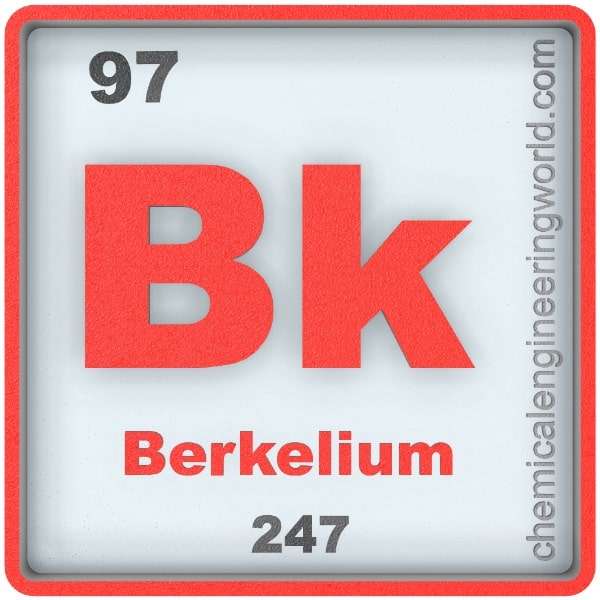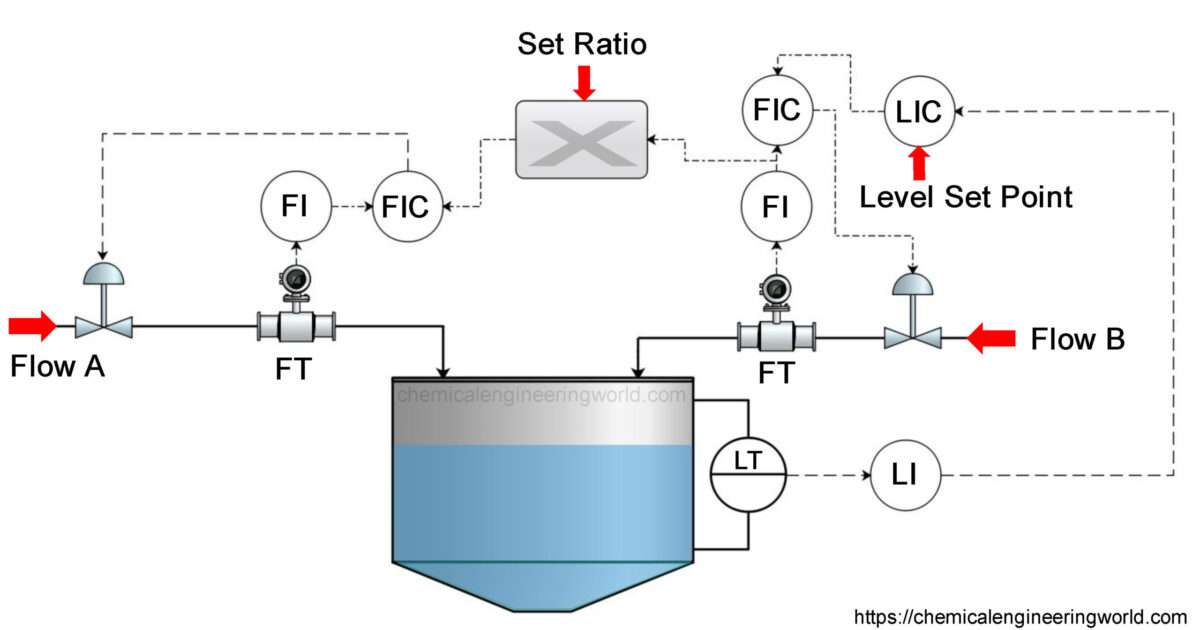Berkelium Element Properties and Information

Berkelium Element Properties and Information
Berkelium is 97th element on the periodic table. Elements are arranged in the periodic table on the basis of the atomic number. Atomic number is the number of protons in the nucleus of the atom. Berkelium has an atomic number of 97. It is located in the Group ‘Actinides’ and Period 7 of the periodic table of elements. It is named after Berkely, California.
Stanley Thompson, Albert Ghiorso, and Glenn Seaborg are credited with the discovery of Berkelium which they made in 1949 by bombarding Americum-241 with alpha particles for several hours in a 60-inch cyclotron. Berkelium does not occur naturally in Earth’s crust. The half-life of the longest lived berkelium isotope is much smaller than the age of Earth; thus, all primordial isotopes have been decayed now. The concentration of berkelium is primarily high in those parts of the world which were subject to nuclear weapon testing or nuclear accidents.
Physical Properties
- Berkelium is a synthetic transuranic radioactive actinide metal which is soft and silvery-white in appearance.
- The atomic mass of berkelium is (247).
- The melting point of berkelium is unknown as of yet.
- The boiling point of berkelium is unknown as of yet.
- The density of berkelium is 14000 in S.I. units at 20°C.
- Below the temperature of 34K, berkelium displays antiferromagnetism; above this temperature, it displays paramagnetism.
- Nearly 20 isotopes of berkelium have been discovered so far.
Chemical Properties
- Berkelium is observed to form an oxide layer on its surface when it is exposed to air or oxygen. This layer prevents further reaction with oxygen.
- Berkelium dissolves in variety of aqueous inorganic acids and in doing so, berkelium(III) is formed; also, hydrogen is liberated.
- Berkelium compounds in solution display oxidation state of +3 to be the most stable state.
- Berkelium solution compounds displaying an oxidation state of +2 and +4 are also known but they are not as stable as the compounds displaying oxidation state of +3.
- Berkelium is observed to react with halogens, hydrogen, pnictogens, and chalcogens to form variety of binary compounds.
Methods of Production
Nucleosynthesis: Uranium-238 is made to capture a neutron to form uranium-239; this undergoes beta decay to form neptunium-239 which further undergoes beta decay to form plutonium-239. The plutonium-239 is irradiated with a source of high neutron flux which results in formation of plutonium-243 which undergoes beta decay to form americium-243. The americium-243 captures a neutron to form americium-244 which then undergoes beta decay to form curium-244. Further, curium-244 captures 5 neutrons to form curium-249. Finally, curium-249 beta decays to berkelium-249.
Relevance in Chemical & Related Industries
Berkelium has no large-scale use in chemical & process industries
Relevance in Other Industries
Source: Berkelium-249 acts as a nuclide to form lawrencium, rutherfordium, and bohrium. Also, berkelium acts as a source to form californium, for berkelium-249 undergoes beta decay to form californium-249.
Health Effects on Exposure
Gene-pool damage: Exposure to even low dose of berkelium is said to be carcinogenic. Carcinogenic damage tends to accumulate in the gene pool thus causing further damage.
Effects on Surroundings
Berkelium has not been found in Earth’s crust so there is no reason to study its effect on environment.
References:
https://en.wikipedia.org/wiki/Berkelium
https://www.lenntech.com/periodic/elements/bk.htm
































